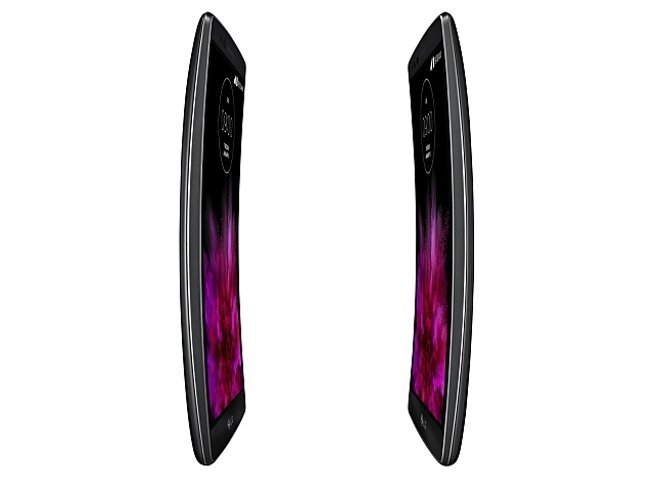Korea's LG Display on Monday announced plans to spend 10 trillion won, or about $8.5 billion U.S., during the next three years on developing OLED technology, some of which could find its way into Apple hardware.

LG is already the world's largest maker of LCD displays, but is facing tough competition from Chinese firms, as well as slowing demand for consumer electronics, Bloomberg noted. In contrast, DisplaySearch data quoted by LG suggests that the global OLED market should grow from $8.7 billion in 2014 to $28.3 billion in 2022.
The company didn't specify which companies or products it would build OLEDs for, but Bloomberg remarked that the panels could end up in everything from wearables to cars and TVs.
LG is one of Apple's main LCD suppliers, manufacturing panels for products like the iPad. The only current Apple product that uses OLED, however, is the Watch, something that may be attributable to the higher cost of the technology. OLED enables reduced power consumption as well as flexible surfaces.
The LG spending could be based partly on a prediction that Apple will become more invested in OLED. Watch sales should grow over time, it's possible the company could bring OLED to the iPhone, iPad, and Mac as mass production becomes cheaper.
It's also possible, however, that Apple could bypass OLED entirely. The company acquired low-power display maker LuxVue last year, and display experts say the company's micro-LED technology is so impressive, it could replace OLED.
In June a rumor emerged that Apple is hoping to adopt flexible OLED for future iPhones, but that if so, it could happen as late as 2018. That would be consistent with LG's timeline.


